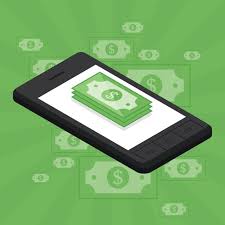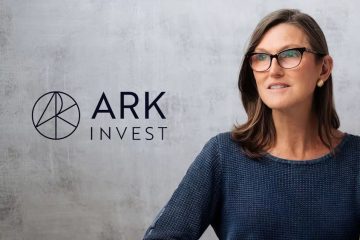Are apps a good way to get started investing?

How should a college student interested in investing take their first step? I’ve read about mobile investing applications — are they a good first step?—Anonymous
You’ve probably seen any number of investing apps in the news, on Instagram or in the app store. They look easy, simple and even fun. But are apps like Robinhood, Stash or Acorns good introductions for a beginner investor? How does a beginner figure out where to start?
Related links: I’m 23. How do I start investing?
Here’s how experts recommend picking the platform that’s right for you.
Know your goals
Before you start investing, you need to be in relatively OK financial shape. That means crafting (and sticking to) a budget, paying your monthly expenses, making an emergency fund and saving for retirement.
A lot of novices assume investing can make you money quickly — a common mistake, says Carrie Schwab-Pomerantz, senior vice president at Charles Schwab.
“A lot of young people don’t even know what they’re asking,” she says. “They can say ‘I want to invest’ but ‘invest’ is broadly used. They hear from their friends ‘invest in bitcoin’ or ‘invest in Spotify.'”
Related: 3 ways bots can boost your money
Schwab-Pomerantz’s advice: think of investing as a way to reach a long-term goal, not a way to pay for your next summer vacation.
“You really shouldn’t tap that money for five years, because the market goes up and goes down,” she says. “You don’t want to be forced to sell something when it’s going down just because you need the money.”
Send us your money questions for a chance to be featured in the next Money Moves column. Ask us here.
Do your homework
You need to learn the basics of investing in order to compare apps and figure out which one is right for you.
These platforms aren’t all created equal. Some charge fees; some don’t. Some have $ 500 minimums; others let you get started with a mere $ 5.
“In terms of the investment platforms and the companies you use, you must always do your homework,” says Rachel Rabinovich, director of financial planning at Society of Grownups, which offers advising services and courses for young investors.
Rabinovich says many of these apps do a great job explaining the basics. Apps like Stash even include articles and guides to break down the basics of the market. (CNN has a guide to getting started here.)
Once you’ve learned about concepts like trading commissions and expense ratios, individual stocks and exchange-traded funds, asset allocations and more, you can start reviewing the options.
Figure out how much you have to invest
If you don’t have a lot of cash to get started, look into a “micro-investing” platform, like Acorns or Stash. These specialize in “fractional investing,” meaning you can buy into part of an exchange-traded fund. So even if you can’t buy a full share, for example, your Acorns portfolio can get you started investing with only a few cents.
If you have a little bit more to invest and care about what your money supports, options like Swell and Betterment offer socially-conscious portfolios that invest in renewable energy, clean tech and more.
While more than three million people use Robinhood, the commission-free stock trading app, Rabinovich says this is an option for a more “sophisticated” investor. Because Robinhood allows you to select particular stocks — and you can even invest in cryptocurrencies — it requires a bit more investing know-how. Many of the other options will do the investment picking for you.
Remember that you don’t need a ton of money to invest. As long as you’re managing your money well in other areas of your life, there’s no such thing as starting too soon.
“For a college student who has the means and the desire to start investing and start learning about it, I say go for it,” Rabinovich says.


